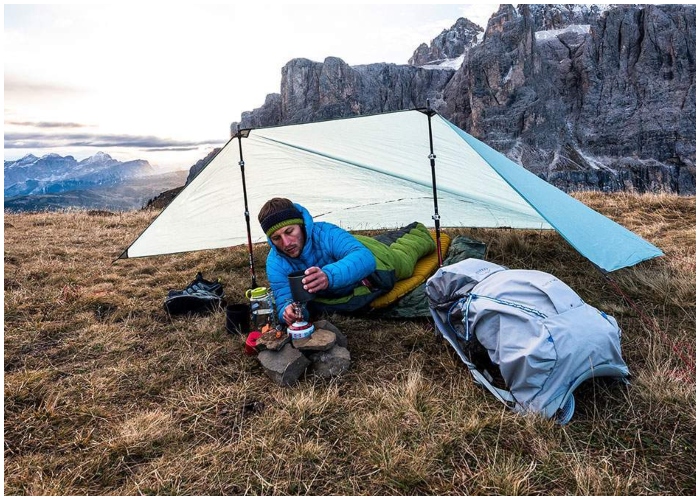Hiking is more than just a form of exercise; it’s a way to connect with nature and explore the beauty of the outdoors. Whether you’re trekking through local trails or venturing into the wilderness, being well-prepared can significantly enhance your hiking experience. Here are some essential tips designed to improve safety, comfort, and enjoyment during your hiking adventures.
Gear Up Properly: The Basics of Hiking Preparedness
Choose the Right Footwear
Footwear is arguably the most important piece of hiking gear. Select boots or shoes that are well-suited to the terrain. For rugged trails, opt for boots with ankle support and sturdy tread. For lighter, smoother trails, trail runners or lighter hiking shoes may suffice. Ensure your footwear is well broken in to avoid blisters.
Pack Smart
A well-packed backpack can make a substantial difference in your hiking comfort. Use a backpack with good support and distribute weight evenly. Essential items include a map and compass or GPS, a multi-tool, a first-aid kit, and enough food and water for the day. Consider packing layers of clothing to adapt to changing weather conditions.

Navigate the Trails: Enhancing Your Journey
Stay Hydrated
Dehydration can quickly turn a fun hike into a risky endeavor. Always carry enough water—more than you think you’ll need. In remote areas, bring a water filter or purification tablets to use with natural water sources.
Manage Your Energy
It’s important to pace yourself to maintain your energy throughout the hike. Start at a moderate pace to warm up your muscles and avoid burning out too early. Regular, short breaks can help maintain your stamina, especially on longer or more challenging hikes.
Use Trekking Poles
Trekking poles can reduce the impact on your knees and legs, particularly on descents and uneven terrain. They also aid in maintaining balance and can help distribute the effort across more muscles, conserving energy.

Safety First: Essential Precautions
Check the Weather
Before heading out, always check the weather forecast. Weather in mountainous or remote areas can change abruptly, so be prepared for all conditions. Pack rain gear and extra layers for unexpected temperature drops or storms.
Inform Someone of Your Plans
Always let someone know your hiking itinerary and expected return time. This simple step can be crucial if you encounter difficulties and need assistance.
Learn Basic First Aid
Knowing basic first aid is essential for handling potential emergencies on the trail. Familiarize yourself with how to treat common injuries such as sprains, cuts, and heat exhaustion.
Enhancing the Experience: Beyond Just Walking
Respect the Environment
Stay on marked trails to minimize your impact on the environment. Practice “Leave No Trace” principles to preserve nature’s beauty for other hikers and future generations.
Take Photos, Leave Only Footprints
Capture memories with photos but avoid taking “souvenirs” from the natural environment. Keeping the trail as you found it ensures that its natural state is maintained.
Engage With Nature Mindfully
Take time to observe the flora and fauna around you. Bring a field guide to help identify plants and animals, and consider downloading apps that can enrich your knowledge of the natural world.

Post-Hike Recovery and Maintenance
Care for Your Gear
After your hike, clean your equipment and check for any damage. Proper maintenance, such as cleaning and drying your boots, can extend the life of your gear.
Reflect on the Experience
Consider keeping a hiking journal to reflect on what you enjoyed and what you could improve for next time. Recording your hikes can help in planning future adventures and tracking your progress as a hiker.
Conclusion: Ready for the Trails
Armed with these hiking tips, you’re well-prepared to tackle the trails with confidence and enjoyment. Each hike offers a unique opportunity to explore the wonders of nature while taking care of both your physical and mental well-being. Remember, the best hiker is a safe and prepared one. Enjoy your journey into the great outdoors!